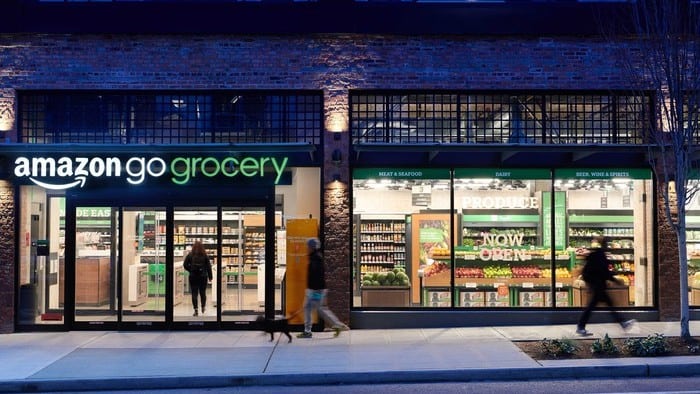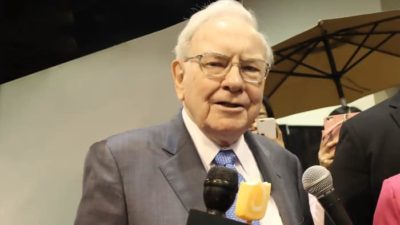This article was originally published on Fool.com. All figures quoted in US dollars unless otherwise stated.
There's no question that Amazon (NASDAQ: AMZN) was one of the catalysts for the worldwide e-commerce revolution, but also one of the biggest beneficiaries of the trend. Since its IPO in 1997, Amazon has been one of the market's best-performing growth stocks, surging more than 195,000%. Last year alone, the e-commerce giant's stock jumped 76%, propelled higher by massive pandemic-fueled growth in online retail. Amazon Web Services (AWS) began as a way to help third-party merchants create an online store on top of its existing e-commerce technology. What emerged gradually became Amazon's largest profit center, representing nearly 12% of revenue in 2020 and 59% of operating profits. The company has another Trojan horse that has flown under the radar of most investors. Amazon has been slowly perfecting this revolutionary technology, which could represent a significant -- and potentially lucrative -- opportunity.Grab it and Go
In 2017, the company debuted Amazon Go, a cutting-edge store that married artificial intelligence, a variety of sensors, and computer vision to eliminate the need to stand in a checkout line. Since then, Amazon has been slowly but surely perfecting the revolutionary technology. While it occasionally makes headlines, the technology is viewed as a novelty by many investors. That could be a big mistake. A review of how the tech works and a few recent developments could help illustrate the massive opportunity that remains.If you build it, they will come
Customers enter the store using the Amazon app, and go about their shopping. A host of cameras and sensors detect and keep track of items the customer has taken from the shelves (or even things they've put back), running a virtual register tape as they shop. Because of the state-of-the-art technology, it isn't necessary to stand in a checkout line. Once the customer leaves the store, their Amazon account is charged for the purchases and a digital receipt is provided via the app. Amazon pioneered this "Just Walk Out" technology in a small convenience store for its employees, but has been gradually expanding it to larger locations, refining the technology in two dozen stores around the country. The e-commerce giant opened its first full-sized Amazon Go grocery store early last year. At 10,400 square feet it was five times the size of its largest existing Go location. Just this week, the company took a "Fresh" approach. Amazon announced that it was bringing its Just Walk Out technology to the Amazon Fresh grocery store in Bellevue, Washington. At 25,000 square feet, the location sets a new watermark, at more the double the size of last year's store record-setting debut. It also illustrates Amazon's ability to continue to scale its cashier-less technology.Show me the money
Amazon launched a side business in early 2020 to sell its automated checkout technology to other retailers, saying at the time that it had signed "several" agreements, though it declined to reveal the identity of these customers. Later in the year, airport shop operator OTG said it would equip its CIBO Express Gourmet Market at Newark Liberty International Airport with Amazon Go technology, with other locations to follow. A recent review of the first location raved about the ease and convenience of the experience. The opportunity selling or licensing this technology could be significant. Overall, automated retail represents a $50 billion opportunity, according to estimates provided by Loop Ventures. Even if Amazon captures just a fraction of this market, the rewards could be substantial.More where that came from
J.P. Morgan Chase research analysts Christopher Horvers and Doug Anmuth made an eye-popping prediction this week. Amazon will likely overtake Walmart (NYSE: WMT) as the largest U.S. retailer by sometime next year. The analysts found that over the past six years, Amazon's gross merchandise volume (GMV) -- or the value of goods sold on its e-commerce platform -- grew at a faster rate than both U.S. retail and U.S. e-commerce markets. They also estimated that Amazon's GMV climbed 41% year over year to $316 billion in 2020, while Walmart's GMV grew 10% to $439 billion. Given the current growth rates, Amazon is likely already breathing down Walmart's neck. It would be a mistake to overlook Amazon's culture of innovation and its massive scale, or dismiss the company outright. Given the available evidence, I would argue that Amazon still has a long way to "Go."This article was originally published on Fool.com. All figures quoted in US dollars unless otherwise stated.









